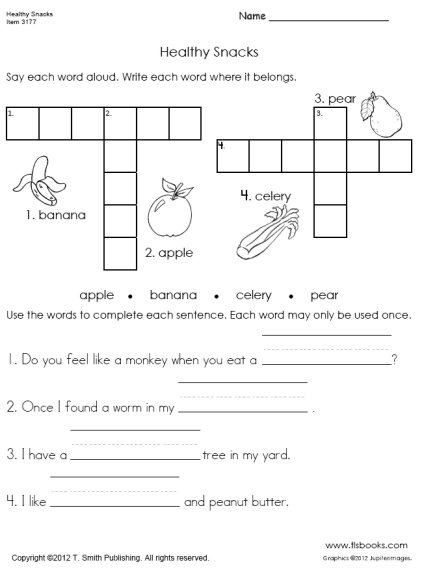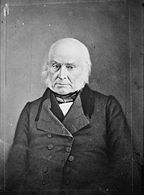Economic System Activity Worksheet
Are you a student studying economics and looking for additional resources to reinforce your understanding of economic systems? Look no further than the Economic System Activity Worksheet! This worksheet is specifically designed to help you comprehend the various types of economic systems and their characteristics. Whether you need a review before an exam or simply want to delve deeper into this subject, the Economic System Activity Worksheet is an excellent tool to enhance your knowledge.
Table of Images 👆
More Other Worksheets
Kindergarten Worksheet My RoomSpanish Verb Worksheets
Cooking Vocabulary Worksheet
DNA Code Worksheet
Meiosis Worksheet Answer Key
Art Handouts and Worksheets
7 Elements of Art Worksheets
All Amendment Worksheet
Symmetry Art Worksheets
Daily Meal Planning Worksheet
What are the basic principles of a market economy?
The basic principles of a market economy include private ownership of resources, free enterprise, competition, and supply and demand determining prices and distribution of goods and services. In a market economy, individuals and businesses have the freedom to make choices about the products they buy, the businesses they own and operate, and the prices they charge. These principles drive the efficient allocation of resources, promote innovation, and fuel economic growth.
How does a command economy differ from a market economy?
A command economy is an economic system where the government or central authority makes decisions about what goods and services will be produced, how they will be produced, and for whom they will be produced. In contrast, a market economy is based on private ownership and the decisions about production, consumption, and distribution are made by individuals and businesses operating in a free market. In a command economy, resources are allocated based on central planning, while in a market economy, prices and competition determine resource allocation.
What is the role of government in a mixed economy?
The role of government in a mixed economy is to balance the free market forces and provide necessary regulations and interventions to ensure fair competition, protect consumer rights, promote social welfare, and maintain economic stability. It involves implementing policies such as taxation, public spending, and regulations to address market failures, maintain infrastructure, provide public services, and promote overall economic growth while also allowing for private enterprise and competition to drive innovation and efficiency within the market.
Describe the concept of scarcity and its impact on economic decisions.
Scarcity is the basic economic problem of having unlimited wants and needs but limited resources to fulfill them. This concept impacts economic decisions by forcing individuals, businesses, and governments to prioritize and make choices about how to allocate their scarce resources efficiently. These decisions involve trade-offs and opportunity costs as resources must be used to produce one good or service over another, leading to the need for decision-makers to consider the most effective and efficient ways to meet their needs and wants in the face of scarcity.
How is the price of goods and services determined in a market economy?
In a market economy, the price of goods and services is primarily determined by the forces of supply and demand. When the demand for a product or service is high and the supply is limited, prices tend to increase. Conversely, when the supply exceeds demand, prices are likely to decrease. This process of supply and demand interacting in a competitive marketplace is what ultimately determines the prices of goods and services in a market economy. Additionally, factors such as production costs, competition, consumer preferences, and government regulations can also influence price levels in the market.
Explain the concept of competition and its role in the market economy.
Competition is the rivalry between firms in a market to gain customers, increase market share, and ultimately make profits. In a market economy, competition is crucial as it drives innovation, efficiency, and productivity. It encourages businesses to constantly improve their products and services to attract consumers, leading to lower prices and better quality goods. Competition also helps prevent monopolies and encourages resource allocation based on consumer demand. Overall, competition plays a vital role in promoting economic growth and benefiting consumers by offering them more choices and value for their money.
What are the advantages and disadvantages of specialization and trade?
Specialization and trade have numerous advantages such as increased efficiency, lower costs, and a larger variety of goods for consumers. By focusing on producing what they are best at, countries can allocate their resources more efficiently and ultimately increase their overall productivity. Trade allows countries to access goods and services that they may not be able to produce themselves, promoting economic growth and development. However, specialization and trade can also lead to dependency on other countries for essential goods, leaving them vulnerable to fluctuations in the global market, geopolitical tensions, or disruptions in supply chains. Additionally, concerns can arise regarding income inequality within countries and potential negative impacts on local industries or job markets.
Describe the circular flow model of a market economy.
The circular flow model of a market economy shows the flow of goods, services, and money between households and businesses. In this model, households supply factors of production, such as labor and capital, to businesses in exchange for income. Businesses then use these factors to produce goods and services, which are sold back to households. The revenue from these sales is used to pay for resources from households, creating a continuous cycle of production and consumption in the economy. Additionally, the government and the foreign sector play a role in the circular flow through taxation, government spending, imports, and exports.
What are the main factors of production in an economic system?
The main factors of production in an economic system are land, labor, capital, and entrepreneurship. Land refers to natural resources such as oil, minerals, forests, and water. Labor encompasses the physical and mental contribution of workers to the production process. Capital includes tools, machinery, buildings, and financial resources used in production. Lastly, entrepreneurship involves the innovation, risk-taking, and management skills needed to bring the other factors of production together to create goods and services.
Explain the concept of GDP and its significance in measuring economic activity.
Gross Domestic Product (GDP) is the total value of all goods and services produced within a country's borders in a specific time period. It serves as a crucial indicator of a country's economic health and performance, reflecting the overall level of economic activity. GDP is used to measure and compare the size of economies, track economic growth or contraction, and analyze trends in production and consumption. It also helps policymakers make informed decisions regarding economic policies, investments, and resource allocation. Ultimately, GDP provides valuable insight into the overall well-being and prosperity of a country's economy.
Have something to share?
Who is Worksheeto?
At Worksheeto, we are committed to delivering an extensive and varied portfolio of superior quality worksheets, designed to address the educational demands of students, educators, and parents.





































Comments